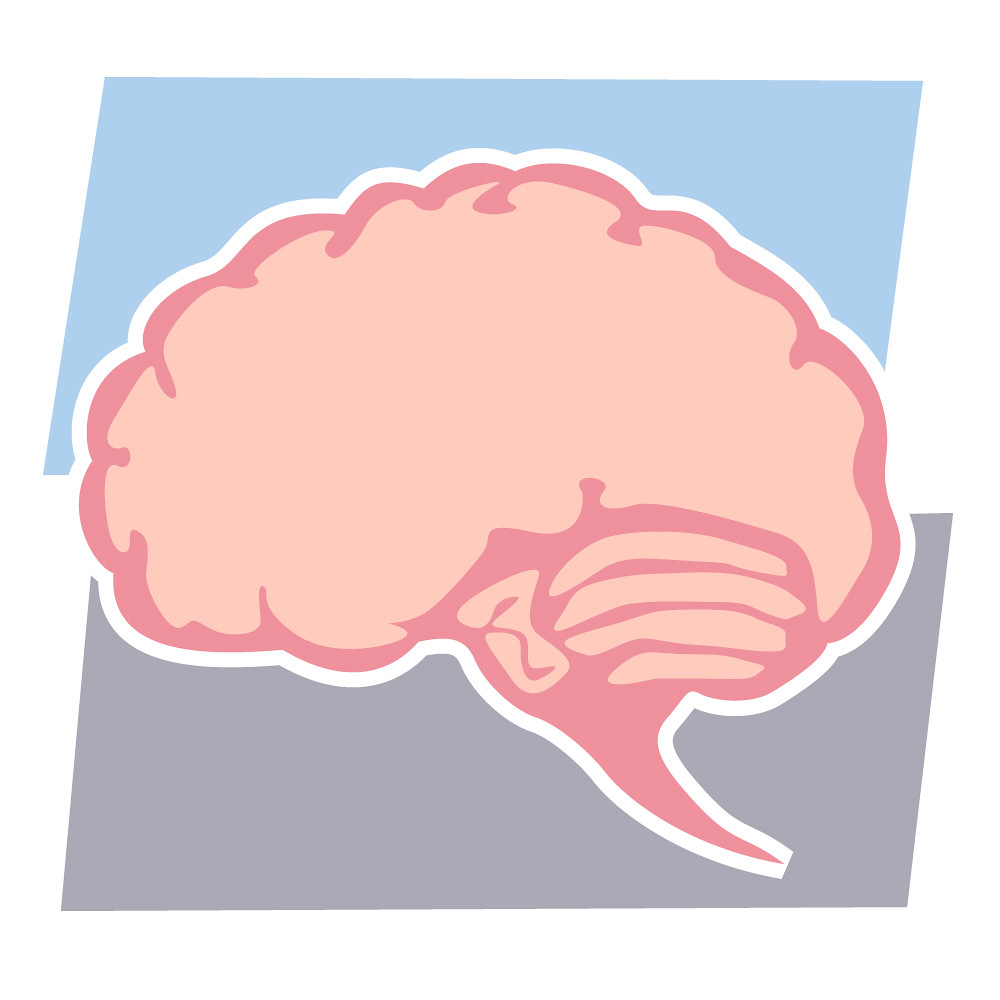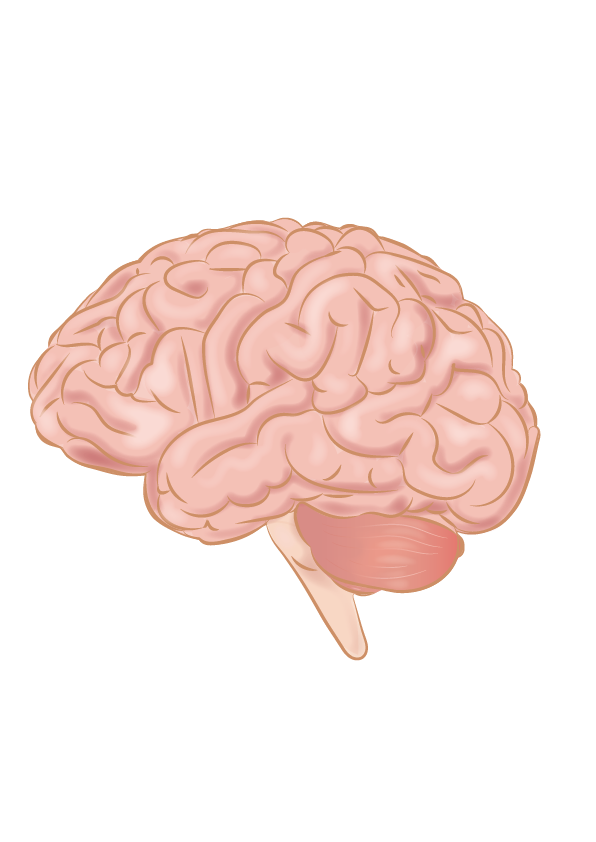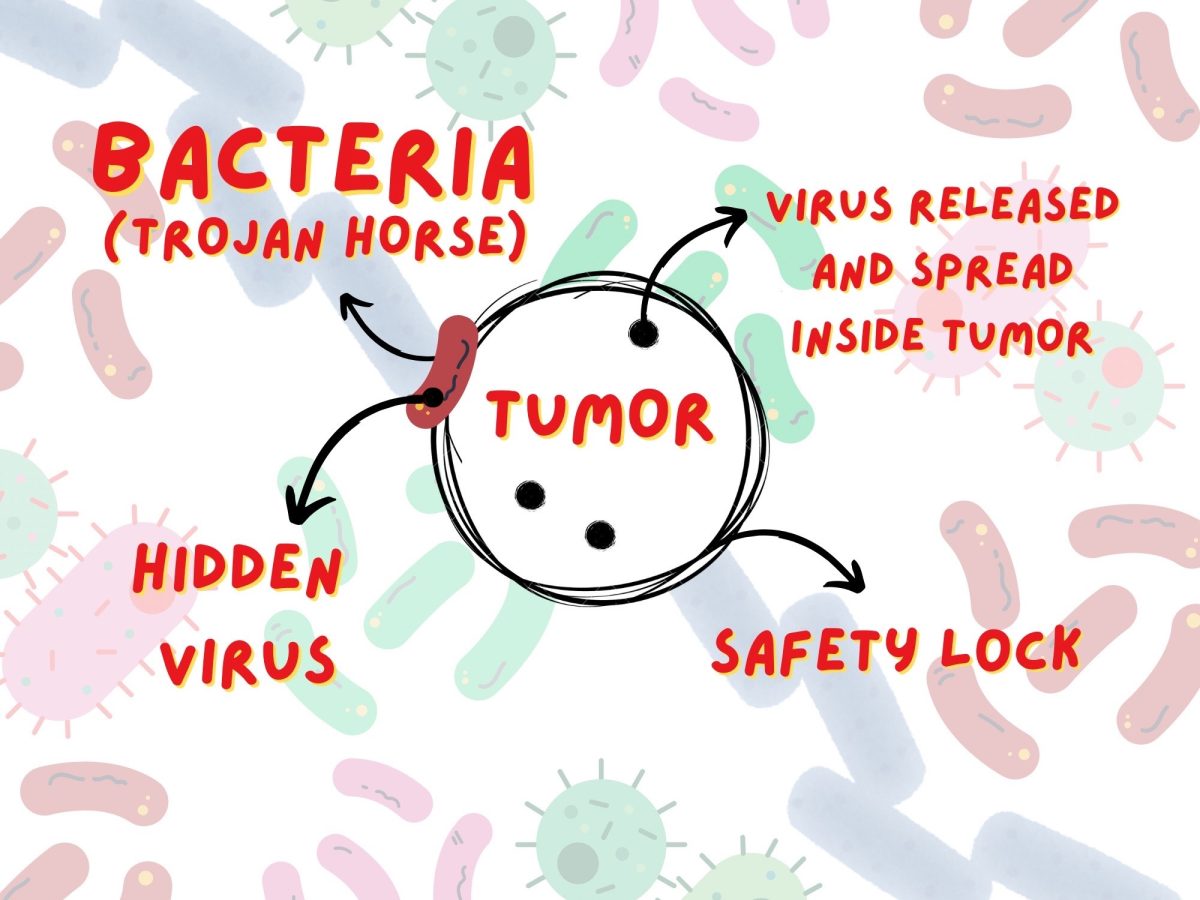Researchers have unveiled an atlas of the human brain that depicts the structure, location and function of over 3,000 neuron types, some of which are entirely new.
The grand collaborative effort, spanning 21 papers by hundreds of authors in Science, Science Advances and Science Translational Medicine, hoped to lay the groundwork for further and more precise research into diseases, cognition and consciousness. The data from this project, which has been ongoing since 2017 is publicly available on the Neuroscience Multi–omic Archive.
The research is part of the United States National Institutes of Health’s Brain Research through Advancing Innovative Neurotechnology Initiative — Cell Census Network or BICCN, whose specific purpose is to “identify and provide experimental access to the different brain cell types to determine their roles in health and disease” by analyzing brains of humans, non-human primates – NHPs — and mice.
“We really need this kind of information if we’re going to understand what makes us unique as humans, or what makes us different as individuals, or how the brain develops,” noted Ed Lein, senior investigator at the Allen Institute of Brain Science in Seattle.
This comes into play in the context of the project’s comparisons between human and nonhuman brains. Between mice and humans, researchers found general structural similarities but a marked deviation in specializations. Meanwhile, the NHPs were much more like humans but there were key differences in the language-processing centers of the brains, further highlighting the impact language has had on human evolutionary history.
One of the key papers highlighted the diversity of neurons present in the brain. This was done by directly analyzing 3 million individual brain cells across 3 deceased donors and 1 previously dissected donor. It found 461 types of neurons, which could be further broken down into over 3,000 subtypes. Particularly the brainstem, an under-researched area, showed remarkable neuronal diversity.
The brainstem is responsible for many vital functions of life such as breathing, blood pressure, sleep, consciousness and heart rate. This neuronal diversity can track evolution’s trial-and-error approach of the development of animal life over 800 million years.
Another paper from the 21 paper-package focused on the link between the expression of certain brain cell types and the progression of neuropsychiatric and neurodegenerative diseases, such as bipolar disorder, depression, autism, Alzheimer’s and schizophrenia.
Alzheimer’s, for example, was linked to microglia, a special non-neuronal type of cell that is responsible for clearing waste products produced by the brain. Though microglia are essential to normal brain functioning, an excess amount or alteration of these types of cells can result in the microglia attacking the neurons of the brain itself.
In conjunction with other research regarding gene regulation and activation in the brain from the same project can shine a light on the genetic switches that may make diseases more likely, with the eventual goal of producing therapies that may better attack the root of the problem.
Pinpointing the switches that activate or block gene expression in brain cells could be useful for diagnosing brain disorders and developing tailored treatments, Joseph Ecker, molecular biologist at Salk Institute for Biological Studies in La Jolla, California told Nature.
“That’s another tool that comes out of the toolbox we’re building,” Ecker said.
Though the research package is detailed and provides grand insights into many of the brain’s complexities, this is only the beginning.
The BICCN team hopes to expand this project to include analyses of intraneuronal connections, problem-solving skills, and memory in live brains as well as the differences between human brains of different populations and ages.








